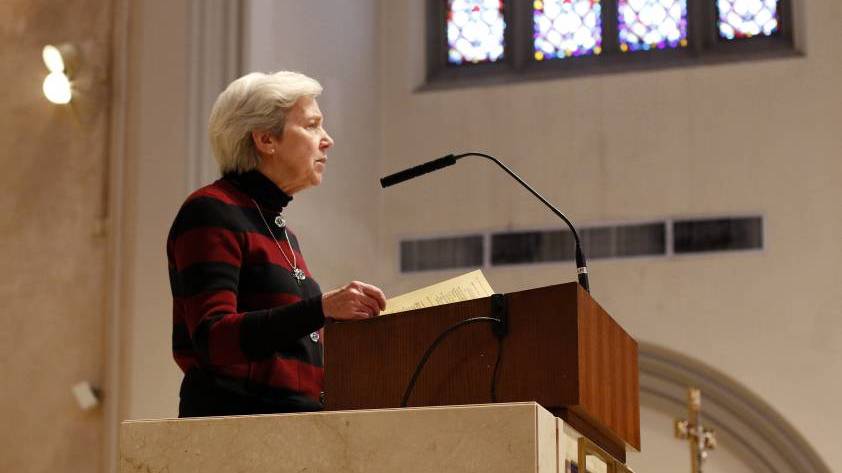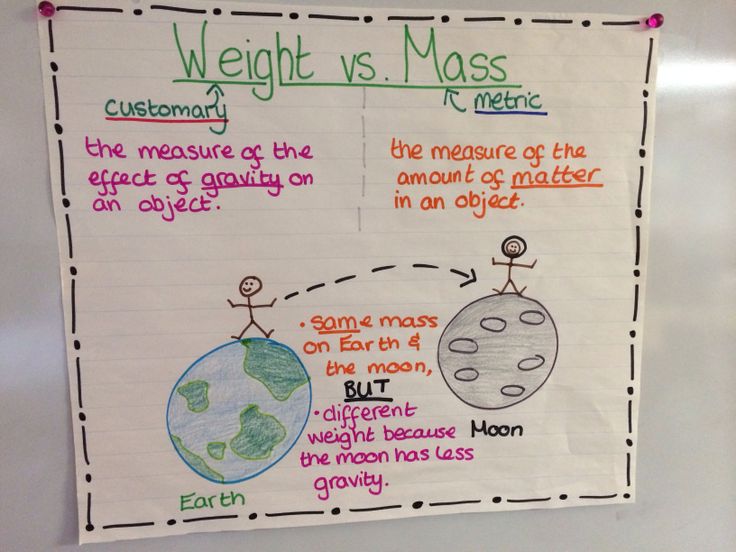- Liturgy Of The Mass Pdf
- Liturgy Of The Word Service
- What Is Liturgy Of The Word Vs Mass
- Liturgy Of The Word Mass
- What Is Liturgy Of The Word Vs Mass
Catholics may frequently encounter Orthodox Christians in their communities and workplaces, yet most know very little about their faith practices. The Orthodox churches were born from a centuries-old division between Western Christianity (often called “Catholic”) and Eastern Christianity (often referred to as “Orthodox”). Catholicism and Orthodoxy share many teachings and traditions. More so than the relationship between Catholics and Protestants, the Orthodox churches and the Catholic Church have a common spiritual heritage that includes shared beliefs about the priesthood, sacraments, and saints. St. John Paul II, for instance, urged the Church to always “breathe with two lungs,” referencing in particular the identities and gifts of Eastern and Western Christians.
The formal separation between Eastern and Western Christianity occurred in the 11th century, but a widening chasm between East and West had been developing for centuries prior to that. The gulf between the two was shaped by differences in language, difficulty of communication, and evolving religious practices. The chief theological contention between West and East was — and still is — the role of the papacy. Eastern Christians historically emphasized the equality of local churches and their bishops. The primacy of the pope over local churches is seen as an obstacle to unity. Following its emphasis on the collegiality of the bishops, as Eastern Christianity further evolved, national and linguistic identities emerged, resulting in the development of the Orthodox churches (including Greek Orthodox, Russian Orthodox, and Romanian Orthodox, among others).
- In the First Installment of this series we looked at the Introductory Rites of the Mass, in this installment we will look at the second part of the Mass; The Liturgy of The Word. The Catechism describes the Mass in some beautiful language that I can’t surpass, so I’ll quote it at length; CCC 1154: The liturgy of the Word is an integral part of sacramental celebrations.
- In the Liturgy of the Word, the Church feeds the people of God from the table of his Word (cf. Sacrosanctum Concilium, no. The Scriptures are the word of God, written under the inspiration of the Holy Spirit. In the Scriptures, God speaks to us, leading us along the path to salvation. The Responsorial Psalm is sung between the readings.
- The Mass is composed of two parts: the Liturgy of the Word and the Liturgy of the Eucharist. The Liturgy of the Word contains two Scripture readings, a Gospel reading, psalms and prayers. During the Liturgy of the Eucharist, the priest prepares the altar and gifts, says the prayers of the Eucharist, breaks the bread and administers communion.

When a Holy Mass is not available to the faithful, they may participate in a 'Liturgy of the Word.' 'It is specially recommended that the faithful take part in the Liturgy of the Word if it is celebrated in the parish church or in another sacred place according to the prescriptions of the diocesan bishop, or engage in prayer for an appropriate. Start studying 8 Parts of the Liturgy of the Word. Learn vocabulary, terms, and more with flashcards, games, and other study tools.
The distinctive traditions of Catholics and Orthodox, though rarely differing at the level of doctrine, are often seen during worship. For one example, the terminology for Sunday worship is different. The “Mass,” a term taken from the final words of the Catholic liturgy in Latin, ite, missa est (literally, “go, you are sent”), is used only by Catholics. Eastern Christians use the term Divine Liturgy. In the worship space of Orthodox churches, the clergy and congregation are separated by a screen called an iconostasis, which is meant to remind the worshippers of the presence of the angels and saints who join the community in prayer. The Orthodox liturgy is always celebrated facing east in the direction of the rising sun in anticipation of the second coming of Jesus.
Though unleavened bread is consecrated in the Mass, in Orthodox liturgies it is usually leavened. Much of the Eastern liturgy is chanted, not spoken. Less significant differences such as the Eastern Christian use of icons (never statues) and various forms of clerical vesture can also be observed. Yet the similarities between the Mass and Divine Liturgy are more numerous than the differences. Both usually include hymns, the reading of Scripture, a sermon, recitation of the Creed, and a Eucharistic prayer with consecration of bread and wine.
Though the majority of Eastern Christians belong to one of the Orthodox churches, some belong to one of the Eastern Catholic churches that look to the papacy as the center of unity among Christians. They have similar names to the national Orthodox churches (for example, Ukrainian Greek Catholic and Ruthenian Byzantine Catholic). These churches maintain unity with the Catholic Church while worshiping according to their own traditions that follow Eastern Christian practices.
The Eastern Orthodox churches, though not united to the Catholic Church, are considered sister churches to the Catholic Church because they share in apostolic succession, an ordained priesthood, and reception of the sacraments, including receiving the Eucharist. According to Catholic discipline, in general the Church permits access to the Eucharist and the other sacraments only to those who are members of the Church. However, if an Orthodox Christian cannot receive the sacraments from his or her own church, he or she could approach the Catholic Church. Catholic ministers may lawfully administer the sacraments of Penance, Eucharist, and the Anointing of the Sick to members of the Eastern Orthodox churches who ask for these sacraments. However, the disciplines of one’s own church should be followed.
In recent years efforts have been made to increase cooperation between Catholics and Orthodox. For hundreds of years the chief leaders of the Catholic and Orthodox churches had little if any contact. In a historic 1964 meeting, Bl. Paul VI and Patriarch Athenagoras of Constantinople embraced as a sign of the desire for greater reconciliation. The following year the mutual excommunications leveled by the West and East against each other 900 years earlier were removed. Since that time the popes, including Pope Francis, have worked toward greater cooperation with Eastern Orthodox Christians.
Differences between the Mass and the Divine Liturgy reveal both a common spiritual source and distinctive developments in worship over time and space. Yet the churches of the West and the East both witness to the desire to worship God “in spirit and truth,” participating in the one sacrifice of Christ by which we are fed and redeemed.

Liturgy Of The Mass Pdf

In the Roman Rite, the Mass is made up of two principal parts: the Liturgy of the Word and the Liturgy of the Eucharist. It begins with the Introductory Rites and ends with the Concluding Rites.
Another way of dividing a Mass is into its 'ordinary' parts—those texts which, with some variations, are part of the Mass on a daily basis—and its 'proper' parts—the texts of prayers and selection of Scripture readings proper to the specific feast, feria or other occasion being observed.
Introductory Rites
- Entrance
- Greeting
- Penitential Act
- Glory to God
- Collect
Liturgy of the Word
- First Reading
- Responsorial Psalm
- Second Reading (on Sundays and solemnities)
- Gospel Acclamation
- Gospel
- Homily
- Profession of Faith (on Sundays, solemnities, and special occasions)
- Universal Prayer
Liturgy Of The Word Service
Liturgy of the Eucharist
- Presentation of the Gifts and Preparation of the Altar
- Prayer over the Offerings
- Eucharistic Prayer
- Preface
- Holy, Holy, Holy
- First half of prayer, including Consecration
- Mystery of Faith
- Second half of prayer, ending with Doxology
- The Lord's Prayer
- Sign of Peace
- Lamb of God
- Communion
- Prayer after Communion
What Is Liturgy Of The Word Vs Mass
Concluding Rites

Liturgy Of The Word Mass
- Optional announcements
- Greeting and Blessing
- Dismissal